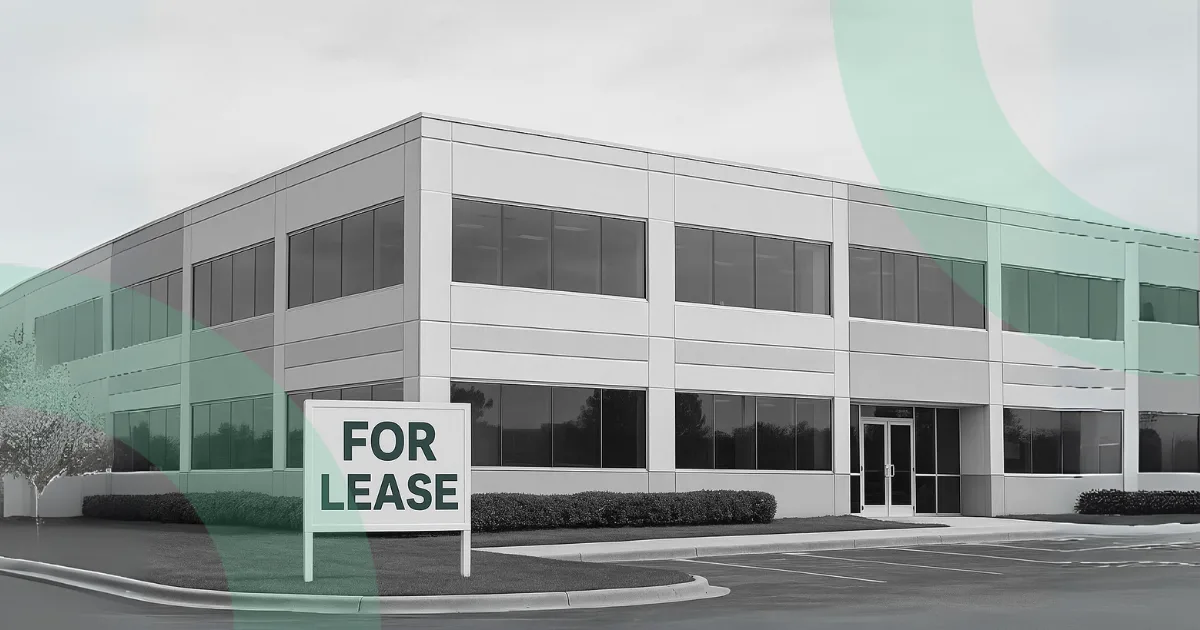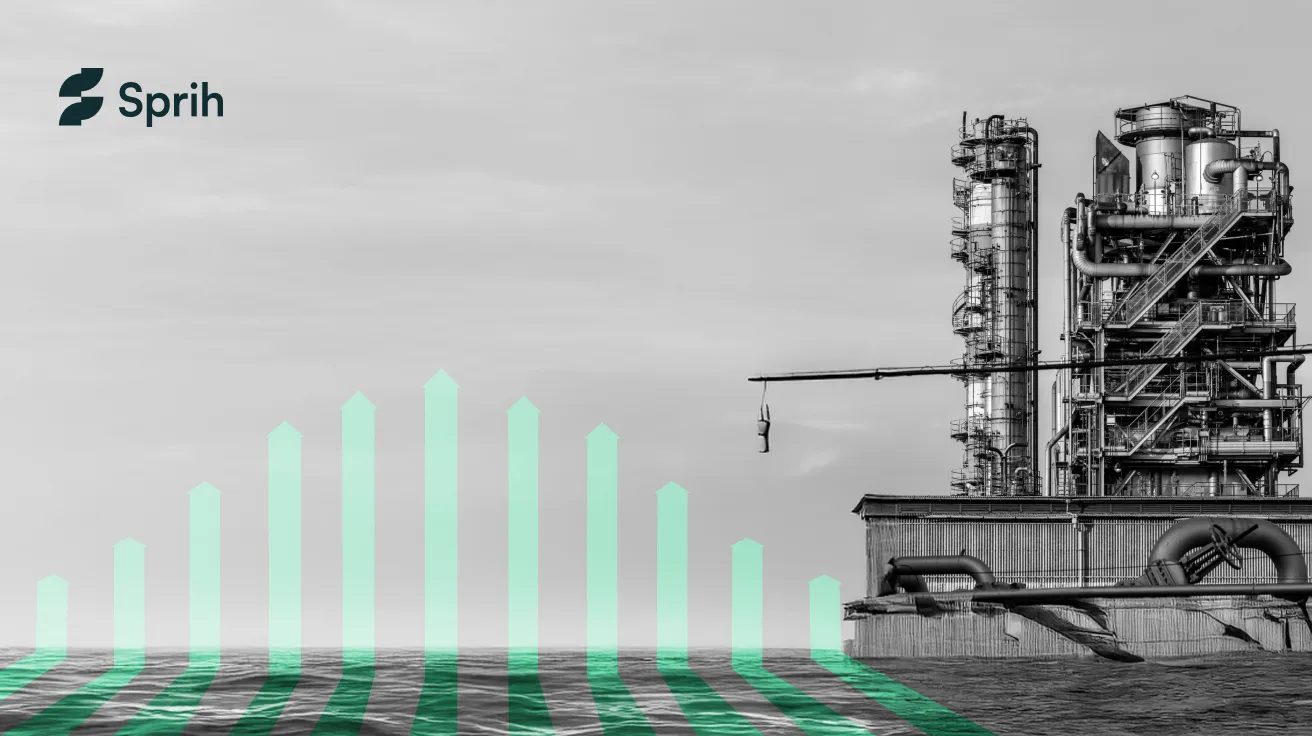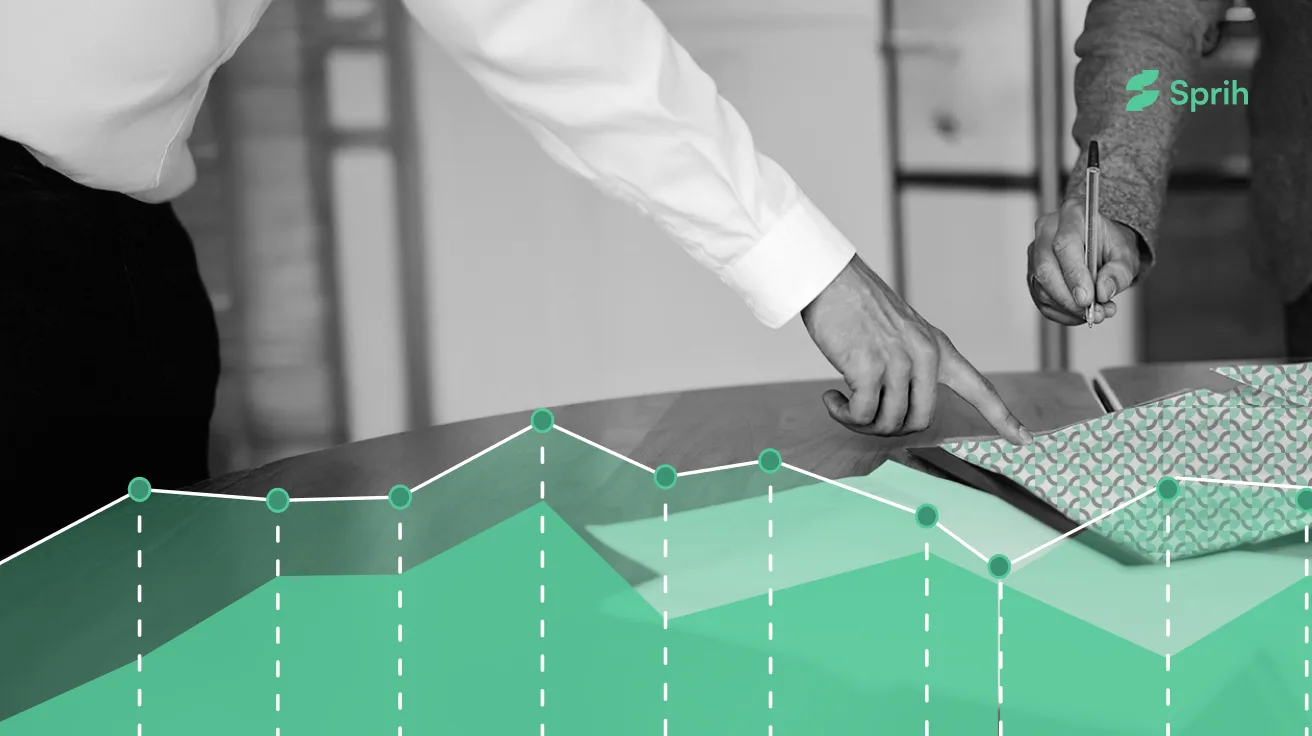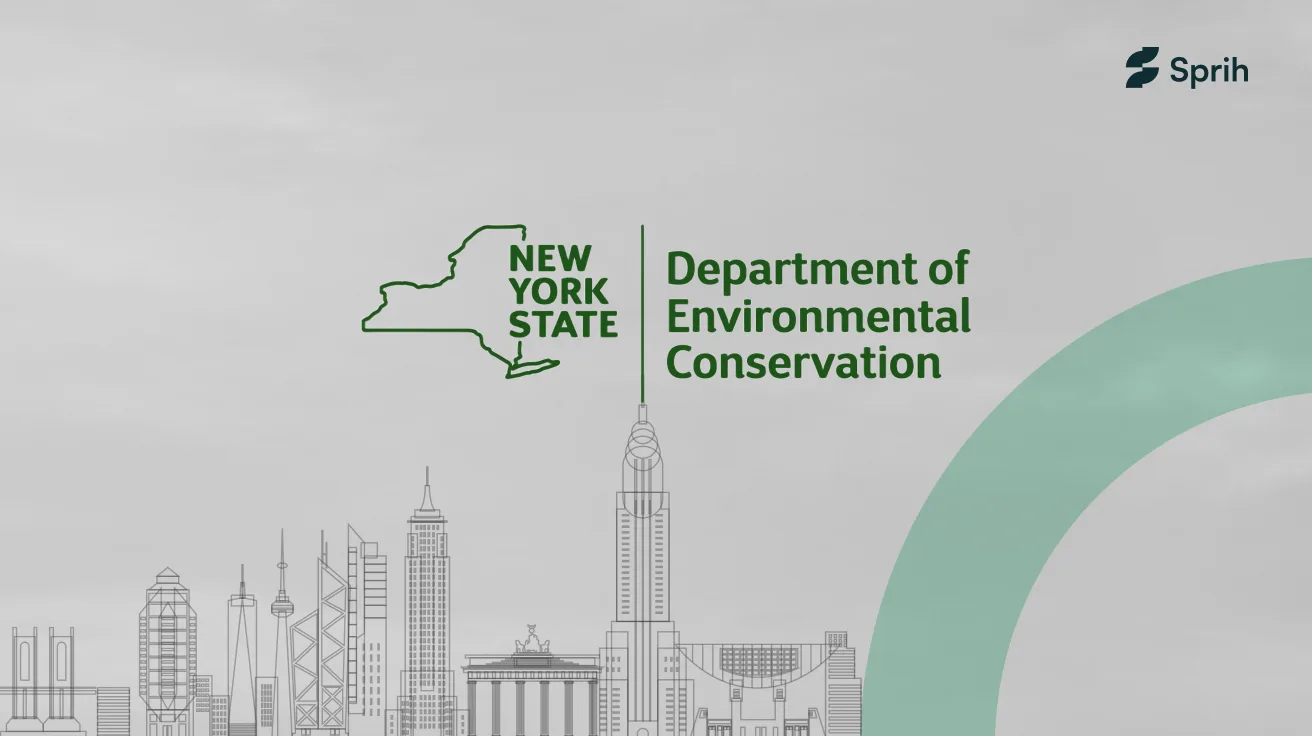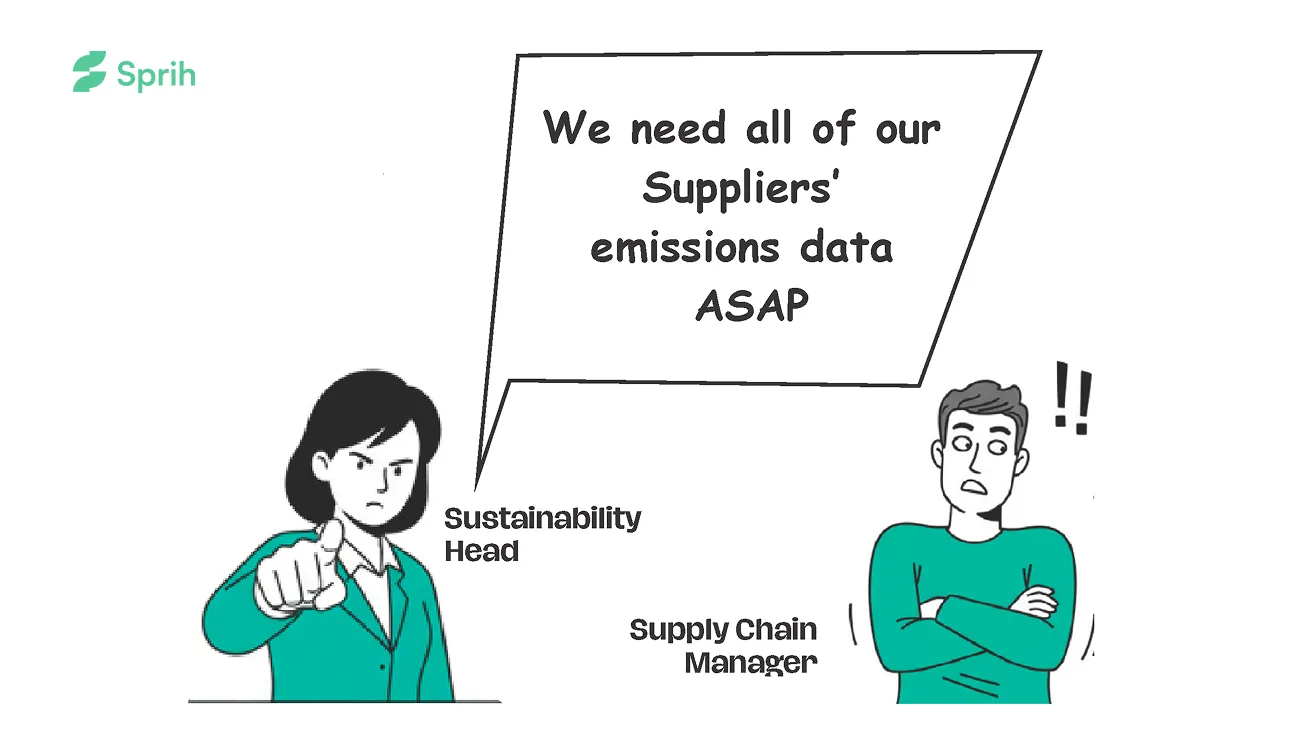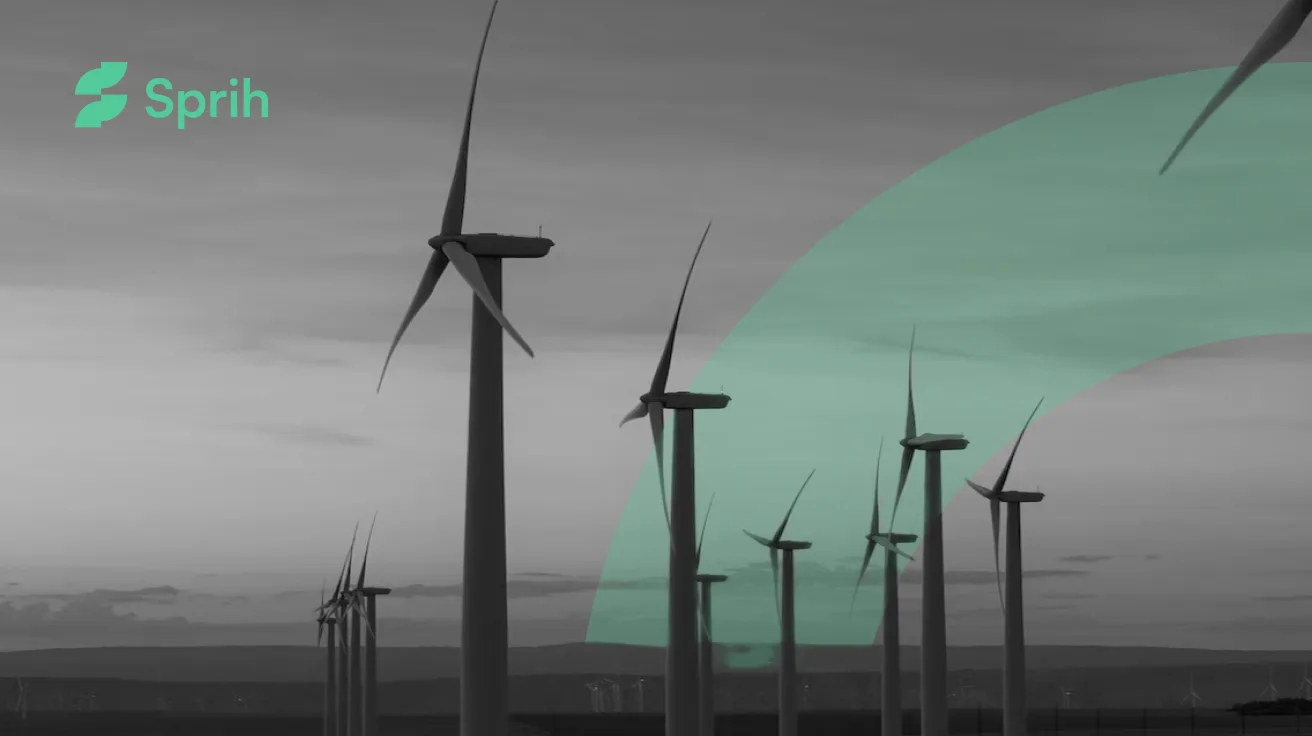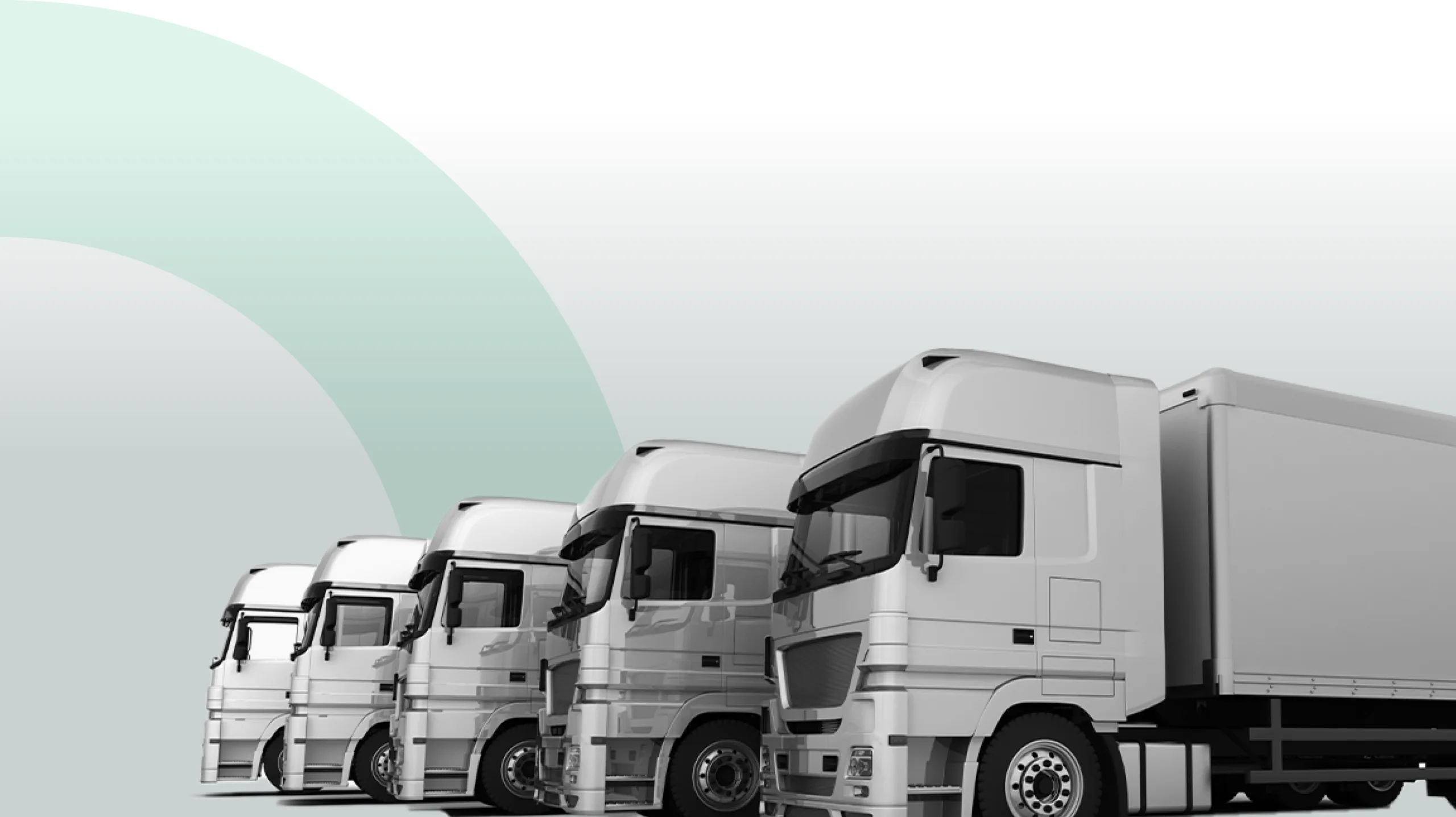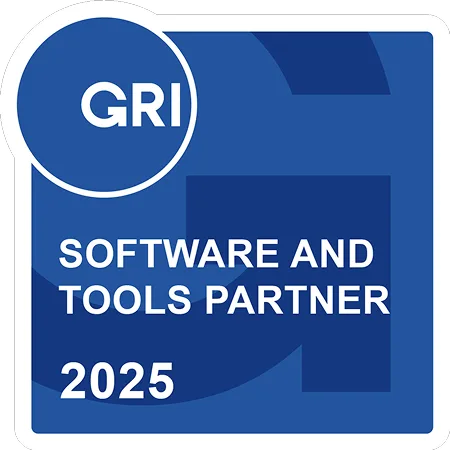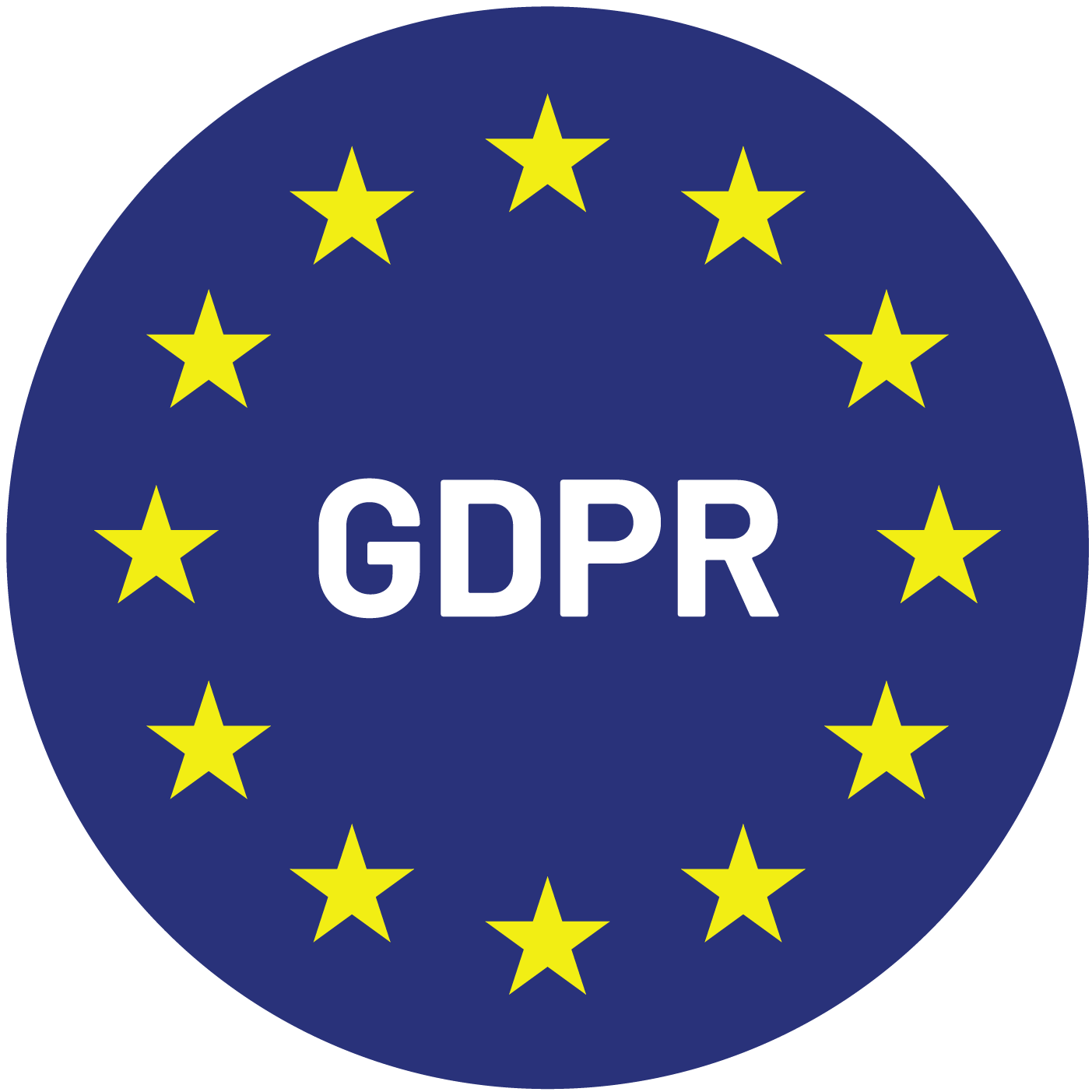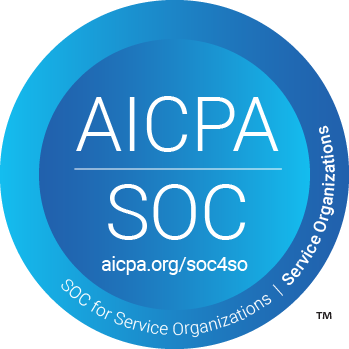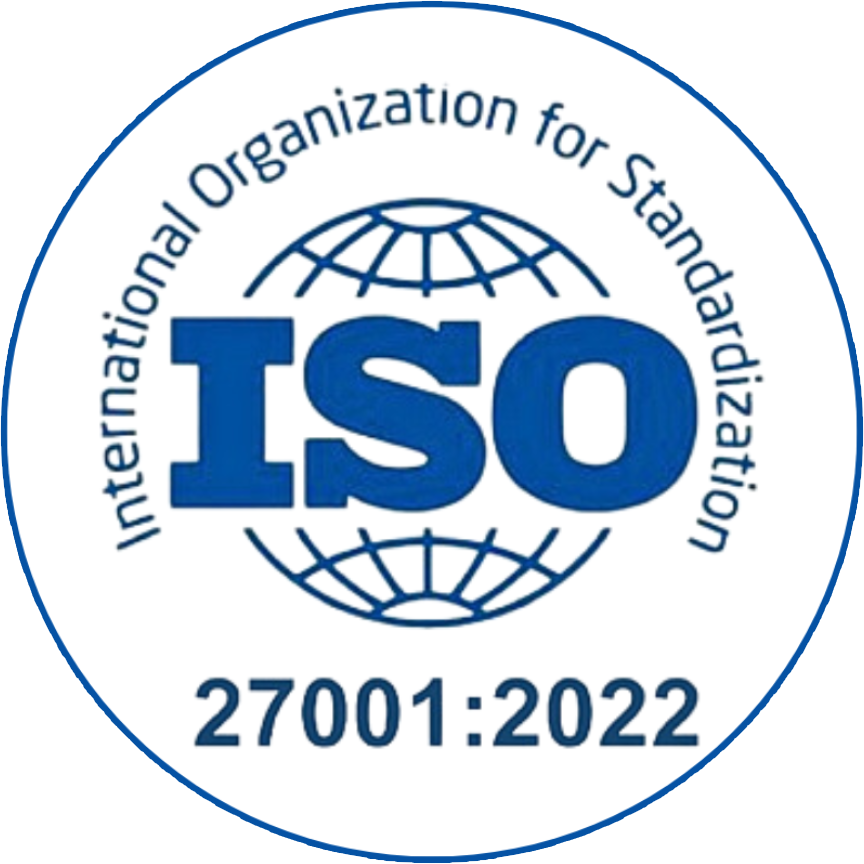For many companies, carbon reporting ends when the product is sold—but for asset-heavy businesses, the carbon journey continues. If your company owns assets that are leased out to others, those assets may still contribute to your climate footprint. Enter Scope 3 Category 13, one of the most often misunderstood categories in the GHG Protocol framework.
In this blog, we’ll explore what Scope 3 Category 13 covers, why it matters, and how businesses can better manage and report emissions from downstream leased assets as part of their climate strategy.
What is Scope 3 Category 13?
Scope 3 Category 13 includes emissions from the operation of assets that are owned by the reporting company but leased to other entities and not already included in Scope 1 or Scope 2.
In simpler terms, it’s about:
- You own the asset
- You lease it out
- You don’t directly operate it
- But you’re still responsible for its emissions under Scope 3
These emissions typically represent the lessee’s Scope 1 and Scope 2 emissions, but under certain organizational boundary conditions, the lessor (you) must report them under Scope 3 Category 13.
Examples of Downstream Leased Assets
- A vehicle manufacturer leasing electric or combustion vehicles to consumers or businesses
- A real estate firm leasing commercial office buildings, warehouses, or retail outlets
- A technology company leasing servers or IT equipment to clients
- An industrial company leasing heavy machinery or factory space to partners
- A construction equipment provider leasing out cranes, loaders, or tools
Why Scope 3 Category 13 Matters for Carbon Reporting
1. It Completes Your Value Chain Emissions
For companies in real estate, automotive, or industrial leasing, these assets can generate substantial operational emissions over time—even though the usage is outsourced.
2. Required by GHG Protocol and CDP
If downstream leased assets are material to your business, reporting them is required under the GHG Protocol and expected in CDP disclosures.
3. Signals Climate Responsibility
Investors, clients, and regulators increasingly expect companies to take responsibility for all emissions linked to their operations—even those outside their operational control.
4. Aligns with Circular and Low-Carbon Leasing Models
Tracking emissions from leased assets supports the shift to:
- Green leasing programs
- Carbon-neutral leasing packages
- Data-driven partnerships with lessees
Who Should Report Under Category 13?
Category 13 applies to lessors, i.e., companies that:
- Receive payment from third parties (lessees) for the right to use a company-owned asset
- Do not operate the leased asset directly
- Do not already include these assets in their Scope 1 or 2 inventories
If your company operates leased assets (i.e., you are the lessee), emissions are reported under Scope 3 Category 8 instead.
Sprih Insight: It’s important to avoid double-counting between Category 11 (Use of Sold Products) and Category 13. If your leased product behaves like a sold product (e.g., in usage and duration), you may classify it under Category 11 instead.
Key Challenges in Managing Downstream Leased Asset Emissions
1. Limited Visibility into Lessee Operations
Once an asset is leased, companies often lose insight into how it’s used, maintained, or powered. Without clear reporting frameworks in the lease agreement, gathering emissions data becomes difficult.
2. Inconsistent or Aggregated Emissions Data
Lessee data may be:
- Aggregated across multiple sites or assets
- Missing sub-metering or fuel tracking
- Reported only annually or in incompatible formats
This complicates the allocation of emissions to specific leased assets.
3. Diverse Leased Asset Types and Tenures
From short-term equipment rentals to multi-year real estate contracts, the scope, size, and energy profile of leased assets can vary significantly—requiring tailored approaches to data collection and performance benchmarking.
4. Contractual Limitations
Many existing leases do not include provisions for GHG disclosure, energy use reporting, or sub-metering requirements, making post-hoc emissions tracking difficult.
Industry Use Cases: Where Category 13 Is Material
1. Commercial Real Estate
- Office buildings leased to tenants
- Retail malls and warehouses
- Responsibility for HVAC, lighting, and building energy use
2. Automotive and Mobility
- Fleets of leased cars, trucks, or delivery vans
- Scope 3 impact of fuel and electricity usage by lessees
3. Industrial and Construction Equipment
- Heavy-duty equipment leased for manufacturing or infrastructure
- Energy use during operations varies based on application and location
4. Technology and Data Infrastructure
- Leased servers or computing equipment in colocation facilities
- Responsibility for energy consumed in 24/7 operations
Strategic Opportunities for Managing Category 13
Even if you don’t control the operations, you can still influence emissions through smarter leasing models.
1. Introduce Green Lease Clauses
Incorporate sustainability terms into lease agreements:
- Require lessees to report Scope 1 and 2 emissions
- Include energy-efficiency standards or targets
- Set provisions for renewable energy sourcing
2. Retrofit Assets for Energy Efficiency
Upgrade buildings, vehicles, or equipment with:
- LED lighting, insulation, or energy-efficient HVAC
- Smart meters or tracking devices for remote monitoring
- Low-carbon technologies (e.g., EV-ready charging, solar integration)
3. Offer Carbon-Neutral Leasing Options
Bundle leased products with:
- Carbon offsets
- Renewable energy credits
- Performance-based incentives for low energy use
4. Build Emissions Tracking into Your Platform
Use digital dashboards to:
- Monitor leased asset emissions over time
- Benchmark across lessees or regions
- Visualize portfolio-wide downstream emissions
With Sprih, you can centralize emissions data across leased assets, automate tracking, and generate audit-ready reports aligned with GHG Protocol, SBTi, and CDP requirements.
Owning the Asset Means Owning the Impact
Scope 3 Category 13 is more than just a compliance checkbox—it’s a window into how your assets are used after they leave your control. With investor pressure rising and climate disclosure becoming the norm, managing emissions from leased assets can drive competitive advantage, cost savings, and carbon reductions.
Whether you’re in real estate, manufacturing, mobility, or technology, it’s time to look beyond the lease and into the lifecycle. Request a Demo to see how Sprih helps you capture value chain emissions from downstream leased assets.
Click here to learn more about managing Scope 3 across the value chain.
FAQs
What is Scope 3 Category 13?
Scope 3 Category 13 covers greenhouse gas emissions from assets owned by the reporting company but leased to others, where those emissions are not included in the company’s Scope 1 or 2 reporting—essentially the lessee’s emissions that the lessor must account for as Scope 3.
Why does Scope 3 Category 13 matter in carbon reporting?
It matters because it completes a company’s value chain footprint, is required by the GHG Protocol and CDP when leased assets are material, and signals climate responsibility to investors, regulators, and clients.
How do you calculate emissions under Scope 3 Category 13?
Emissions are calculated by allocating the lessee’s Scope 1 and 2 emissions to the leased asset, for example using shared metrics like floor space or hours of use — company-specific or industry average data methods apply.
Who needs to report under Scope 3 Category 13?
Companies that own and lease assets—such as vehicles, buildings, IT equipment, or industrial machinery—to others, where those assets are not included in their own Scope 1 or 2, must report those emissions under Category 13.
What common reporting challenges exist for Scope 3 Category 13?
Challenges include obtaining consumption data from lessees, choosing appropriate allocation methods, defining organizational boundaries correctly, and avoiding double-counting with Categories 11 or 8.
